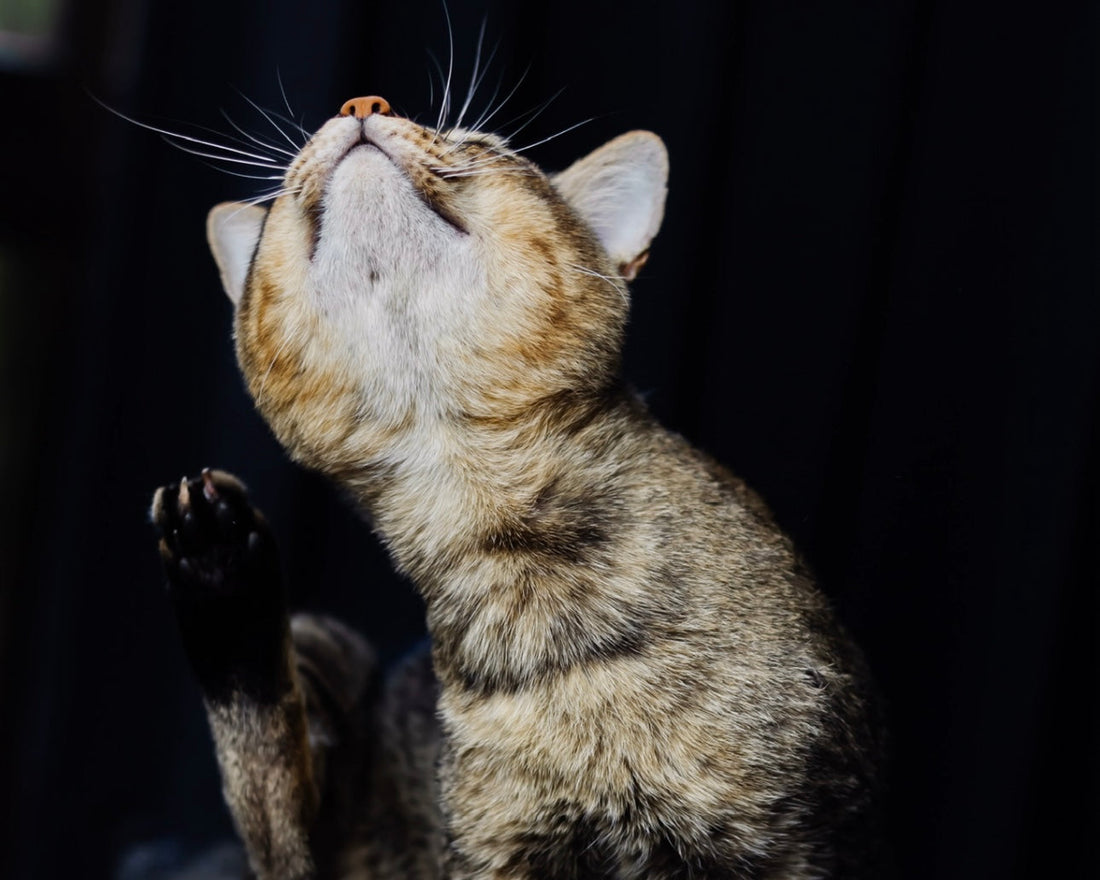
Stop the Itch: How to Protect Your Pet from Fleas
Share
🐾 How to Protect Your Pet from Fleas
Fleas are one of the most common parasites that affect pets. Whether you have a dog, cat, or small animal like a rabbit or guinea pig, flea prevention is essential for your pet’s health and your home’s cleanliness.
This guide explains how to spot, treat, and prevent fleas — with advice tailored for pet owners.
What Are Fleas? 🪳
Fleas are tiny, wingless insects that feed on the blood of animals. A single flea can bite hundreds of times a day, causing intense itching and discomfort. If left untreated, fleas can lead to:
-
Allergic reactions (Flea Allergy Dermatitis)
-
Hair loss and skin infections
-
Tapeworms (carried by fleas)
-
Infestations in carpets, bedding, and furniture
How to Spot Fleas on Your Pet 🔎
Common signs of a flea problem include:
-
Scratching, biting, or licking excessively
-
Red, irritated skin or bald patches
-
Small black specks (flea dirt) in the fur
-
Live fleas crawling through the coat
-
Discomfort or restlessness
Use a flea comb to check your pet, especially around the neck, ears, and base of the tail.
How to Get Rid of Fleas 🧴
If you suspect fleas, act quickly:
1. Treat Your Pet
-
Use a vet-approved flea treatment like spot-on solutions, tablets, or flea shampoos
-
Popular UK brands include Frontline, FleaSolve, NexGard, and Advantage
-
Never use dog flea treatments on cats — some are toxic to cats ⚠️
2. Treat Your Home 🏡
-
Wash pet bedding, soft furnishings, and vacuum regularly
-
Use a household flea spray (with insect growth regulator) to stop the flea life cycle
-
Empty your vacuum after every use
3. Treat All Pets in the Household 🐾
-
Even if only one pet shows signs, ALL pets need to be treated to stop reinfestation
How to Prevent Fleas Year-Round 🛡️
Fleas are not just a summer problem — thanks to central heating, they’re active all year in homes.
Top Tips for Prevention:
-
Use monthly or quarterly flea prevention
-
Regularly groom your pet and check for signs of fleas
-
Keep pet bedding and soft toys clean
-
Maintain a regular cleaning routine, especially in warm or carpeted areas
-
Treat outdoor animals like rabbits and guinea pigs with vet-approved prevention
💡 Tip: Flea eggs can survive in carpets and cracks for months. Prevention is much easier than treatment!
Which Pets Need Flea Protection? 🐕
-
Dogs and Cats: Regular treatment is essential
-
Rabbits: Especially outdoor rabbits, can pick up fleas from wildlife
-
Guinea Pigs: Rare, but can get fleas — particularly if they live with other animals
Always consult your vet before using any flea product on small pets.
Avoid These Common Mistakes 🚫
-
Using dog treatments on cats
-
Skipping treatments during winter
-
Only treating pets, not the home
-
Ignoring flea eggs and larvae (90% of the problem is in your house!)
When to See a Vet
Contact your vet if:
-
Flea symptoms don’t improve after treatment
-
Your pet has broken skin, sores, or signs of infection
Final Thoughts…
Fleas are more than just a nuisance — they can affect your pet’s wellbeing and quickly infest your home. By staying consistent with flea prevention, grooming, and cleanliness, you can keep your furry friend safe, happy, and itch-free all year round.
